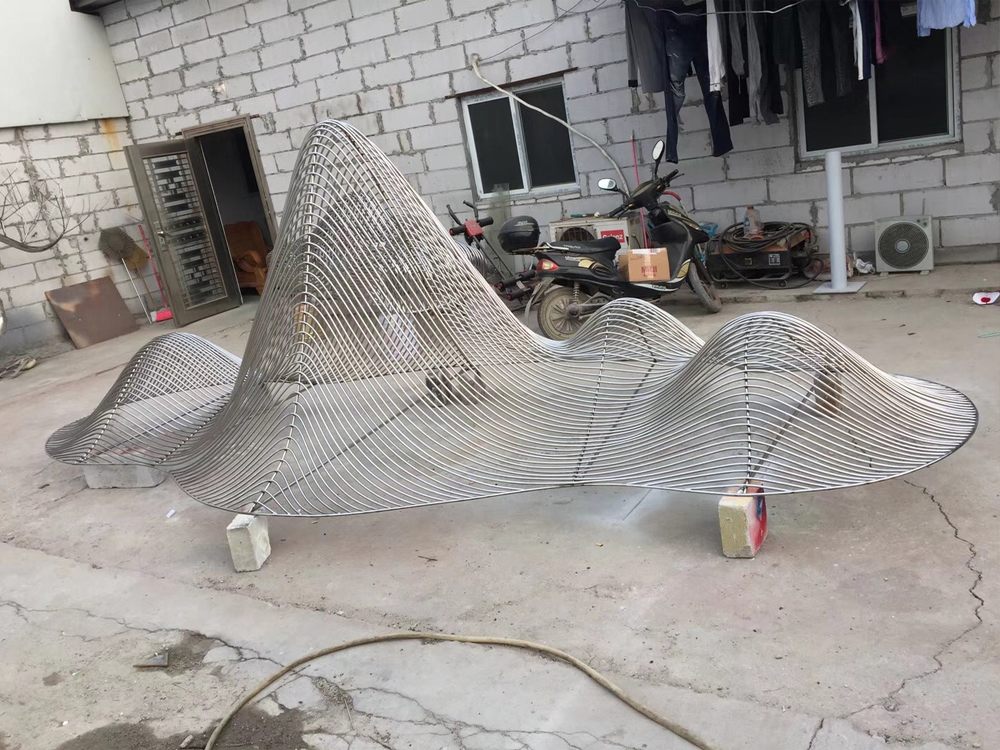
Creating a metallic or lustrous finish on porcelain sculptures elevates their aesthetic appeal, making them stand out as exquisite art pieces. Several techniques are commonly used to achieve this effect, each offering unique visual results.
1. Metallic Glazes: Specially formulated glazes containing metallic oxides (such as copper, silver, or gold) are applied before firing. These glazes react under high temperatures to produce shimmering, reflective surfaces.
2. Gold Leaf Application: Thin sheets of gold leaf are delicately adhered to the porcelain surface after firing. This method provides a luxurious, high-end finish, often used for decorative art pieces.
3. Luster Firing: A post-firing technique where metallic compounds are painted onto the glazed surface and fired at a lower temperature. This creates an iridescent or pearlescent sheen.
4. Mica Powder Dusting: Mica powders mixed with binders can be brushed or sprayed onto porcelain, adding a subtle metallic sparkle without requiring additional firing.
5. Electroplating: A less common but highly effective method, electroplating deposits a thin layer of metal (like gold or platinum) onto the sculpture for a durable metallic finish.
Each technique requires precision and expertise, but the results can transform ordinary porcelain into dazzling works of art. Experimenting with combinations of these methods can yield even more striking effects.

